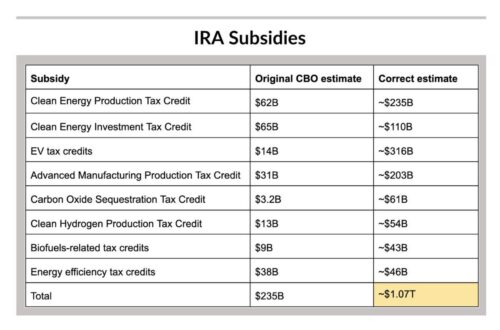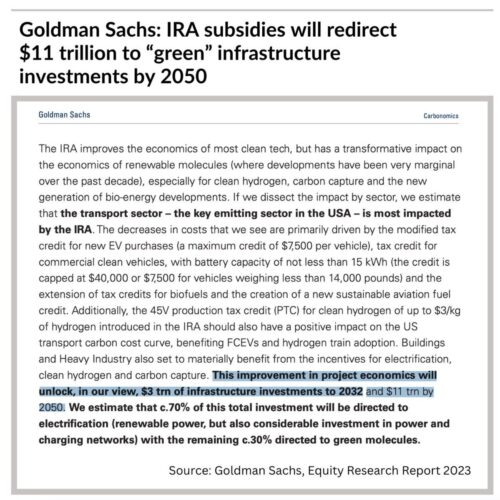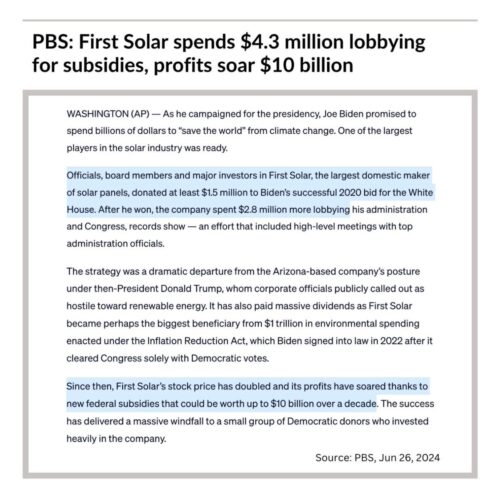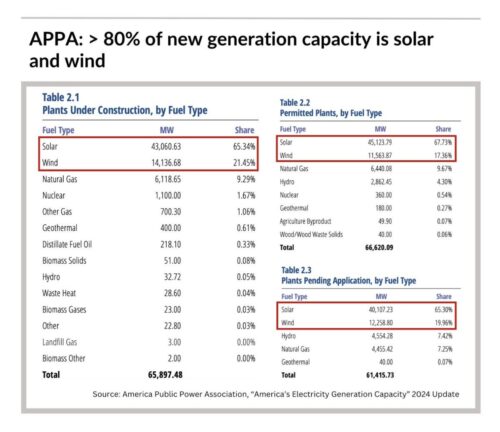Energy News Beat
George McMillan III, Copyright © June 23, 2024/August 9, 2024
- The Professor P
- The Prosecutor P
- The Police P
- The Politician P
- The Press P
- The Priest P
- The Parent P
Introduction—Changing the University Curricula
The first three introductory papers explained the “Seven P Plan of the Left” in a bottom-line up-front synopsis format that (a) defined the seven key institutions of any given society, (b) explained the central role of the University system in controlling the key institutions, and (c) explained how the Frankfurt School merged with Dewey’s pragmatism and used critical race theory and repressive tolerance to discard scientific procedures in the social sciences to avoid discarding the Rousseau, Marx and Engels thought lineage.
The more one understands the Left’s focus on replacing the classical University curriculum with Leftist and feminist literature, the more one will understand why the Left immediately discarded standard “scientific procedures” in each of the major topical areas that they took over as discussed at length by Tooby and Cosmides in “The Psychological Foundations of Culture” (1992).
In retrospect, the Leftists and feminists discarded the domain-specific gender-differentiated theories in evolutionary and micro-psychological behavioral theory that explain the innate core drives of human beings in the process of pursuing self-survival and survival of the species, which occurs in gradations of constructive versus destructive peripheral shaping dynamics on the family and small group.
The core-periphery method of theorizing in psychological personality theory merges with the Proper and Perverted Forms of Aristotle’s Six Forms of Government and the virtuous and vicious cycles of economic growth theories. This makes it possible to laterally integrate the key frameworks of the major micro and macro social sciences. Yet the Left discarded the nomos-physis distinction of Classical Political Philosophy and argued vehemently against the Austrian School of free-market theories in favor of heavily regulated economic theory. (For example see Kenneth Jameson and Charles Wilber, The Political Economy of Development and Underdevelopment, 1992 and 1996 editions that explain Dependency and Structuralist theories.)
The more one understands that the Left abandoned the scientific project in the macro behavioral sciences to avoid performing autopsies on the failed Marxist experiments, the more one will understand why the Left consistently doubles down on both the “repressive tolerance” tactics of Marcuse and Alinsky and pushed the “critical race and gender theory” of the Frankfurt School in the soft philosophical and social sciences.
It was the Frankfurt School pseudo theories that further exasperated the decline of scientific principles in the philosophical and social sciences which further devolved into the “fashionable nonsense” (Bricmont and Sokal 1997) of Foucault’s post-modernism and Derrida’s “deconstructionism.”
The Problem and the Solution
This series of papers needs to explain two major trends. First, a brief history of Leftist literature that was instrumental in taking over the University system en route to taking over the other “Ps.” Secondly, it needs to be known from the start that the University system had developed common methodological systems and compatible causal frameworks during the 1950s, 60s, and 70s as discussed in the previous paper.
Herbert Gintis in The Bounds of Reason: Game Theory and the Unification of the Behavioral Sciences (2009) believed that neither the common methodology nor compatible frameworks existed and believed that they needed to be developed.
But in reality, the value-neutral bifurcated constructive versus destructive behavioral dynamic methodologies and compatible micro and macro behavioral frameworks have existed since the 1970s but were drowned out by the ideological subterfuge of “critical theory,” “repressive tolerance” and its merger with Alinski tactics and the methods of “non-violent action.”
The philosophical and social sciences developed more than enough compatible frameworks in the five topical areas of (1) evolutionary, (2) psychological, (3) political, (4) economic, and (5) geopolitical theory to place the entire range of the philosophical and social sciences into a singular dual-independent variable Cartesian-style model. This series of frameworks is presented in the Unified Behavioral Theory of the Philosophical and Social Science slide sets on YouTube recorded in December 2019.
Abandon Scientific Principles and Protect Marxism
The bottom line is that (a) all gender-differentiated domain-specific theories in evolutionary theory and Psychology were summarily discarded since the 1980s, (b) the free market “non-central controller” free market theories were also discarded on the macro behavioral end of the academic spectrum to (c) to promote the continual rebranding of the Rousseau, Marx, and Engels thought lineage in the form of critical theory, repressive tolerance, postmodernism and deconstruction, and greater regulation over the means of production.
What needs to be understood is that the domain-specific gender-differentiated theories that are consistent with evolutionary stable strategies were discarded in the micro behavioral sciences, while the free-market theories that proved to be much more effective than centrally planned economies during the Great Ideological Experiments of the Twentieth Century, were also discarded since the 1980s.
The significance is that the Left has discarded the analytical frameworks that should have been confirmed after the Great Ideological Experiments of the Twentieth Century ended in the collapse of communism in the early 1990s, but the Left kept the domain-general infinitely malleable premise in micro psychological theory and propagated Frankfurt School and postmodernist theory instead.
The gravity of the situation is only realized when one understands that the University graduates of the 1990s and 2000s are the “experts” that run the Western governmental bureaucracies today.
The more one understands the degree to which the University system has devolved in the past several decades, the more one will realize that an alternative university system needs to be developed which (a) revitalizes the scientific project and (b) laterally integrates the “old school” frameworks to extend Tooby and Cosmides Integrated Causal Model (ICM) throughout the Philosophical and Social Sciences.

For everything written by George McMillan for Energy News Beat, check out his landing page here: https://energynewsbeat.co/george-mcmillian/
The Seven P Plan of the Left Part 1: The Transformation of America into a Single-Party Socialist State
The Seven P Plan of the Left Part 2: The Departure from Evolutionary Stable Strategies and the Demographic Collapse of the West and Their Pacific Rim Allies
The Seven P Plan of the Left Part 3: The Abandonment of the Scientific Project in the Social Sciences and the Decline of the West
The post The Seven P Plan of the Left Part 4: The Need for An Alternative University System and Revival of the Scientific Project in the Social Sciences to Save the West appeared first on Energy News Beat.


















